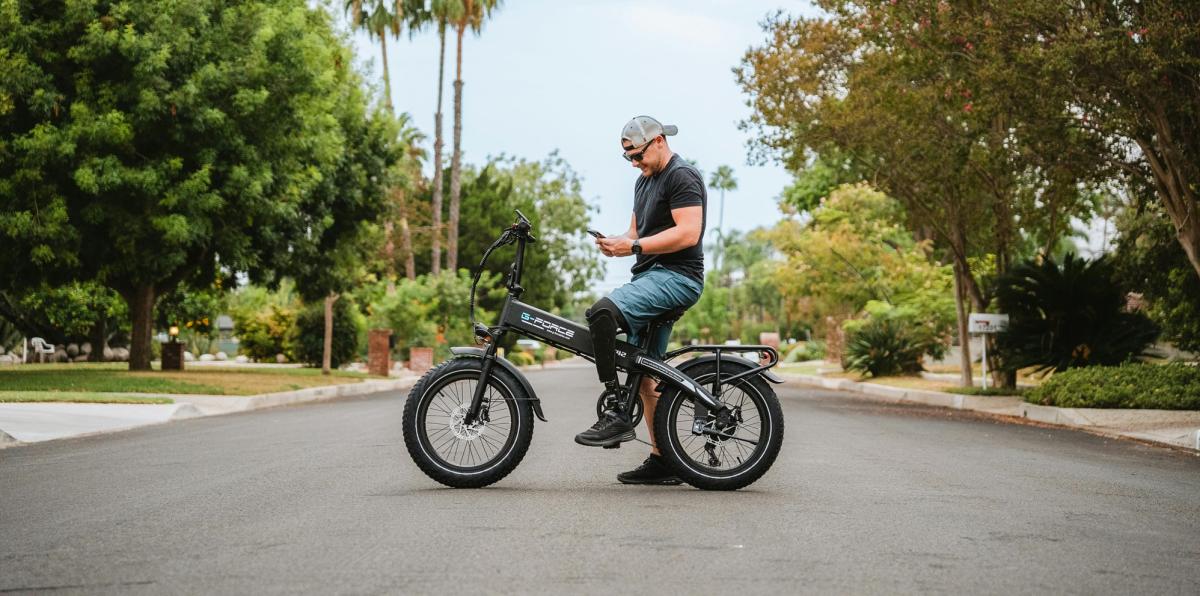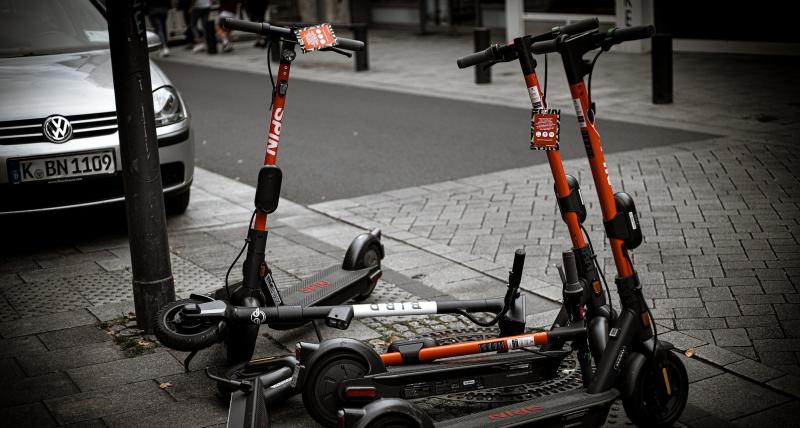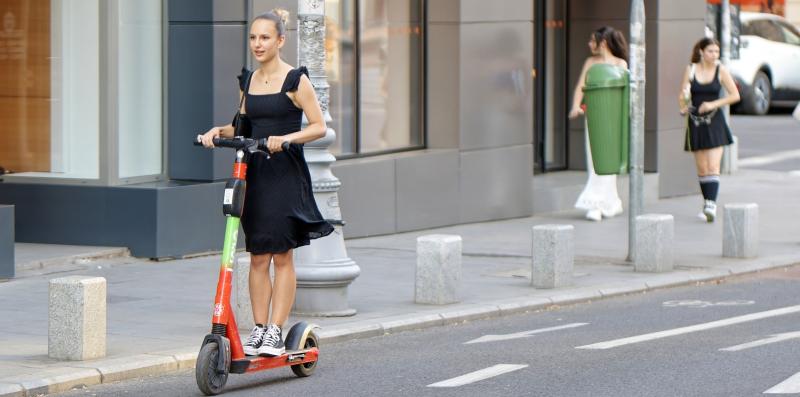Upgrading your regular bike into an electric bike (e-bike) is a great way to enhance your cycling experience without buying a completely new bike. With the right tools and components, you can convert your existing bike into a powerful e-bike, making commuting easier, covering longer distances, and tackling hills with ease. In this guide, we’ll walk you through the process of upgrading your regular bike to an electric bike, outlining the key components you’ll need and providing tips for a smooth conversion.
Why Upgrade to an Electric Bike?
Electric bikes offer numerous benefits over traditional bicycles, including reduced physical strain, faster travel speeds, and increased range. Whether you’re looking to make your commute more efficient or simply want to enjoy leisurely rides with less effort, upgrading your bike to an e-bike can transform your cycling experience. Best of all, converting your existing bike is often more cost-effective than purchasing a brand-new electric bike.
Key Components Needed to Convert a Regular Bike into an Electric Bike
Before starting the conversion process, it’s essential to understand the key components needed to transform your regular bike into an electric bike. These components can either be purchased individually or as part of an e-bike conversion kit. Here’s what you’ll need:
1. Electric Motor
The motor is the heart of your electric bike conversion. There are two main types of motors to consider:
- Hub Motor: This type of motor is integrated into the hub of either the front or rear wheel. It’s a popular choice for conversions due to its simplicity and ease of installation. Hub motors are generally quieter and easier to maintain.
- Mid-Drive Motor: This motor is mounted near the bike’s bottom bracket and drives power directly to the bike’s chain. Mid-drive motors offer better torque and hill-climbing ability but are more complex to install.
2. Battery
The battery powers the motor and determines the range of your electric bike. Most e-bike batteries are lithium-ion and come in a variety of capacities, typically ranging from 36V to 52V. The higher the voltage, the more power and range your e-bike will have. It’s important to choose a battery that is compatible with your motor.
Pro tip: Consider where you’ll mount the battery on your bike. Common locations include the downtube, rear rack, or within a frame bag.
3. Controller
The controller manages the flow of power between the battery and the motor, ensuring a smooth ride. It interprets input from the throttle or pedal-assist system to control the motor’s speed and power output. Most controllers are included in e-bike conversion kits and are mounted near the battery or under the bike’s frame.
4. Throttle or Pedal-Assist System (PAS)
To control the motor, you’ll need either a throttle or a pedal-assist system. Many e-bike conversions include both:
- Throttle: A hand-operated throttle, usually mounted on the handlebars, allows you to control the motor’s power manually. It works similarly to a throttle on a motorbike.
- Pedal-Assist System (PAS): This system activates the motor when you pedal, providing assistance based on the effort you put into pedaling. PAS is great for riders who want a more natural cycling experience.
5. Display Screen
Many e-bike conversion kits include a display screen that shows essential information, such as speed, battery level, and assistance mode. This screen is typically mounted on the handlebars for easy access while riding.
How to Upgrade Your Bike: Step-by-Step Guide
1. Choose the Right Conversion Kit
There are many e-bike conversion kits available, and selecting the right one depends on your bike’s frame, your riding style, and your budget. When choosing a kit, consider whether you prefer a hub motor or mid-drive motor, and ensure that the kit includes all necessary components (motor, battery, controller, throttle or PAS, and display).
Best practice: Double-check that the kit is compatible with your bike’s wheel size, frame type, and intended use (e.g., commuting, off-roading, or leisurely rides).
2. Install the Motor
Once you have your conversion kit, the first step is installing the motor. Here’s how to do it based on motor type:
- Hub Motor: Remove the wheel you’ll be converting (either front or rear), and replace it with the hub motor wheel included in your kit. Ensure the axle fits securely, and reconnect the brakes if needed.
- Mid-Drive Motor: For mid-drive motors, you’ll need to remove the bike’s crankset and install the motor near the bottom bracket. Follow the instructions included with the kit to secure the motor and reattach the crankset.
3. Mount the Battery
Next, mount the battery in the chosen location. Most e-bike batteries are designed to be mounted on the downtube, rear rack, or within a frame bag. Make sure the battery is securely attached and that the wiring is not obstructed by moving parts.
Pro tip: Use zip ties or Velcro straps to tidy up any loose wiring along the bike frame.
4. Install the Controller and Connect the Wiring
Once the motor and battery are in place, it’s time to install the controller. The controller is usually mounted near the battery or under the bike’s frame. Connect the wiring from the battery, motor, throttle, or PAS to the controller, following the kit’s instructions. Many kits have color-coded wires to make this process easier.
5. Attach the Throttle or Pedal-Assist System
If your kit includes a throttle, attach it to the handlebars where you can easily reach it with your hand. For pedal-assist systems, follow the kit’s instructions to install the sensors near the bike’s crankset. These sensors detect when you’re pedaling and send signals to the motor to provide assistance.
6. Mount the Display Screen
Many e-bike conversion kits come with a display screen that shows speed, battery level, and other ride data. Mount the display on your handlebars, and connect it to the controller using the provided cables.
7. Test the System
Before heading out for a ride, it’s important to test the system to ensure everything is working correctly. Power on the bike, check the display, and test the throttle or PAS to make sure the motor engages smoothly. Check that all wiring is secure and that the battery is properly connected.
Safety tip: Take a short test ride in a safe, low-traffic area to familiarize yourself with the e-bike’s controls and ensure everything is functioning properly.
Additional Considerations for E-Bike Conversions
1. Brakes
Electric bikes often reach higher speeds than traditional bikes, so it’s important to ensure your brakes are up to the task. Consider upgrading to disc brakes or hydraulic brakes for better stopping power and safety.
2. Weight
Adding an electric motor and battery will increase the weight of your bike, which may affect handling. Be prepared for a heavier bike and consider how the added weight will impact your riding style, especially when lifting or transporting your bike.
3. Legal Requirements
Before converting your bike, check local regulations regarding e-bikes. Some areas have restrictions on motor power or speed limits for electric bikes, so it’s important to ensure your conversion complies with the laws in your region.
Real-Life Example: Converting a Commuter Bike into an E-Bike
James, a daily commuter from Boston, upgraded his regular road bike into an electric bike using a rear hub motor conversion kit. By installing a 500W motor and a 48V battery, he transformed his bike into an efficient e-bike that allowed him to commute to work faster and with less effort. The entire process took James a few hours, and now he enjoys the convenience and power of an e-bike without needing to buy a new bike.
Conclusion: Transform Your Regular Bike into an Electric Bike
Upgrading your regular bike to an electric bike is a cost-effective and rewarding way to enjoy the benefits of e-biking. With the right components and a little DIY effort, you can convert your bike into a powerful e-bike that enhances your rides, whether for commuting, exercise, or leisure. By following the steps outlined in this guide—choosing the right conversion kit, installing the motor and battery, and connecting the components—you’ll be able to enjoy the speed and convenience of an electric bike in no time.



